Leather has held an important place in global trade for thousands of years. Leather products, used in many areas from clothing to accessories, from automobile upholstery to the furniture sector, are a strong part of international trade. Leather export and import is an important area that affects the trade balance between countries and should be managed carefully with customs processes. In this article, you can find information on leather export, import and customs processes.
How Does Leather Export and Import Process Work?
The introduction of leather products to international markets is a very comprehensive process. These processes require careful planning and legal regulations for both exporting and importing countries.
1. Leather Export
Export, which is the process of selling leather products to another country, plays an important role in the economy of the producing countries. Countries such as Turkey, Italy, India and China are among the leading exporting countries in the global leather market. The following stages are important in the leather export process:
- Production and Standards : Before export, leather products must be produced in accordance with international standards. Countries look for certain quality standards in the products they import.
- Licenses and Certificates : In order to export, you must have the legal certificates and licenses determined by the countries. Especially certificates related to environmental impacts, animal rights and labor are important.
- Transportation and Logistics : Leather exports are usually done by sea, air or land. It is important that leather products are not damaged during transportation and are transported under appropriate conditions.
2. Leather Import
Importing, which is the process of purchasing leather products from another country, is quite common, especially among developed countries. There are certain stages in the import process:
- Supplier Selection : Selecting quality and reliable suppliers is one of the most important steps in importing. Importing countries generally demand products that meet high quality standards from manufacturing countries.
- Quality Control : The compliance of the products with international standards is checked with strict controls at customs during import. It is checked whether the products are healthy and environmentally friendly.
- Customs and Taxes : Leather products are subject to the customs tariffs of the countries during import. Each country may have different tax rates and regulations for imported products.
What Should Be Considered During Customs Processes?
Customs processes play a critical role in leather export and import for the orderly and legal operation of trade. Customs processes include controls and taxation applied to goods entering and exiting country borders.
1. Customs Tariffs and Taxes
Leather and leather products are subject to customs duties when imported or exported. Each country imposes different tariffs on leather products, and these rates can vary. Additionally, importing countries may impose additional taxes and quotas to protect domestic producers.
2. Documents for Leather Export and Import
The following documents are important in customs processes:
- Commercial Invoice : Provides information about the price, quantity and quality of the products.
- Certificate of Origin : Indicates the country where the product was produced. This document is important in determining customs duties.
- Customs Declaration : It is a legal document that must be presented when the product passes through customs.
- Quality and Certification Certificates : These are certificates that prove the compliance of leather products with international standards.
3. Environmental and Animal Rights Legal Regulations
The leather trade is also subject to strict regulations in terms of its environmental impact and animal rights. Regions such as the European Union are particularly meticulous about the environmental friendliness of imported leather products. Various precautions need to be taken to ensure that the chemicals used in the tanning process do not harm the environment.
Advantages and Disadvantages of Leather Export and Import
Advantages:
- Economic Contribution : Exports contribute greatly to the economy of producing countries. The leather sector has an important place in terms of labor in many countries.
- Development of Global Trade : Import and export strengthen the economic ties between countries and contribute to the development of global trade.
- Product Diversity : Leather imports provide more options to the consumer and increase product diversity in the local market.
Disadvantages:
- High Customs Costs : Customs duties and import tariffs can increase the cost of leather goods and make trade difficult.
- Differences in Quality Standards : Quality standards of different countries may differ. This may cause problems in the import of products.
- Environmental Impacts : Chemicals used during leather production can harm the environment and environmentally friendly methods must be taken into account during the import-export process.
Frequently Asked Questions
1. What documents are required for leather import?
Documents such as commercial invoice, certificate of origin, customs declaration and quality certificates are required.
2. How are customs duties determined?
Customs duties are determined by the origin and type of imported product and the customs tariffs of the importing country.
3. Do I have to be environmentally friendly when importing leather products?
Many countries require certifications for environmentally friendly production processes and chemical use. Regions such as the European Union, in particular, have strict regulations in this regard.
4. What are the quality standards to be considered in leather products export?
In order for leather products to be suitable for international trade, they must be produced in accordance with ISO and other local quality standards.
5. Which countries do you trade mostly with in leather import and export?
Leading countries in leather production, especially Italy, China, India and Türkiye, are at the forefront of global trade.
Before You Leave
Leather export and import play an important role in global trade. Maintaining the quality of leather products, not harming the environment and producing in accordance with international standards are vital in these processes. In addition, customs processes, taxes and documents should be managed correctly. If you are interested in leather trade, mastering customs and trade rules will increase your commercial success.
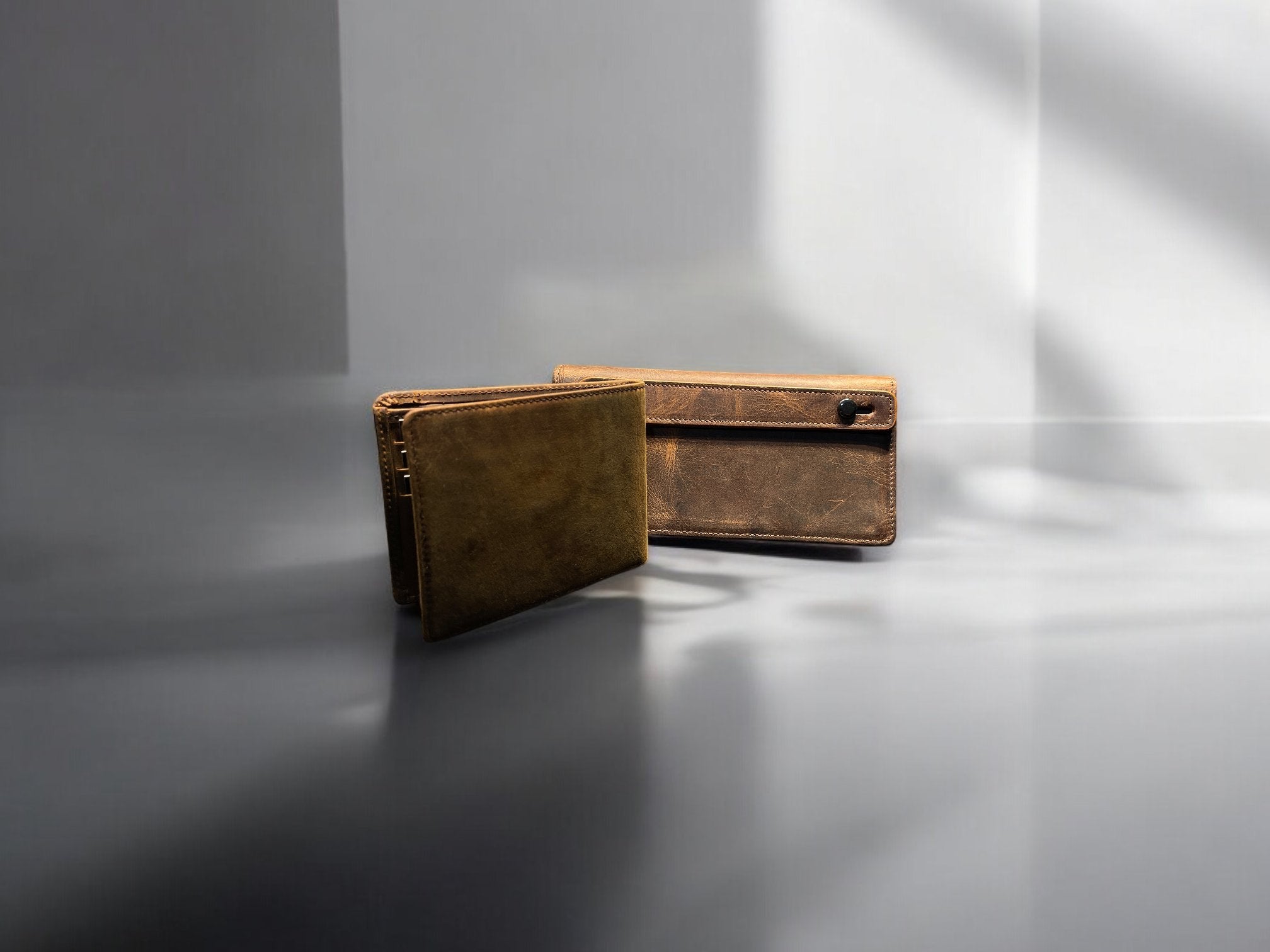
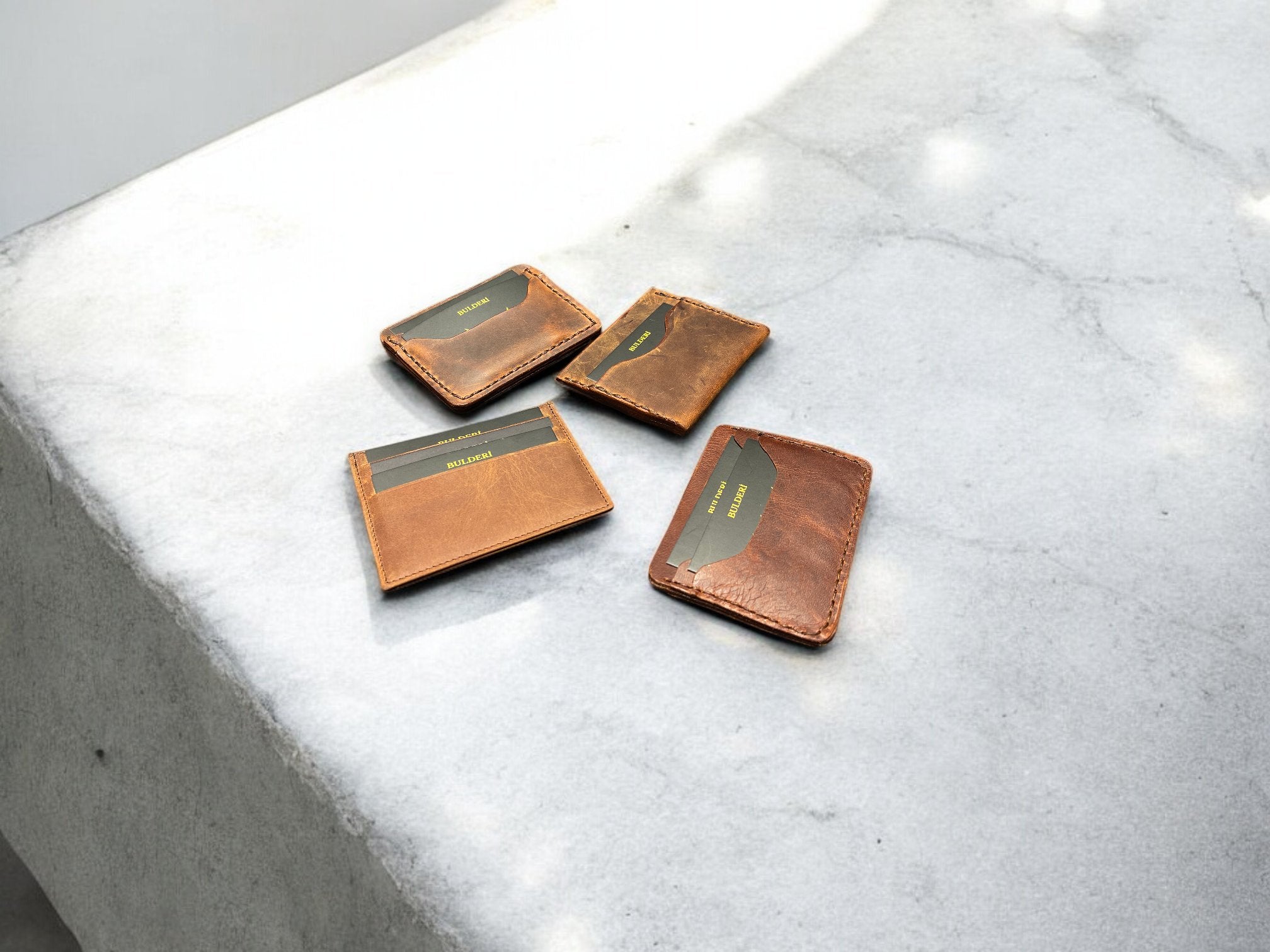
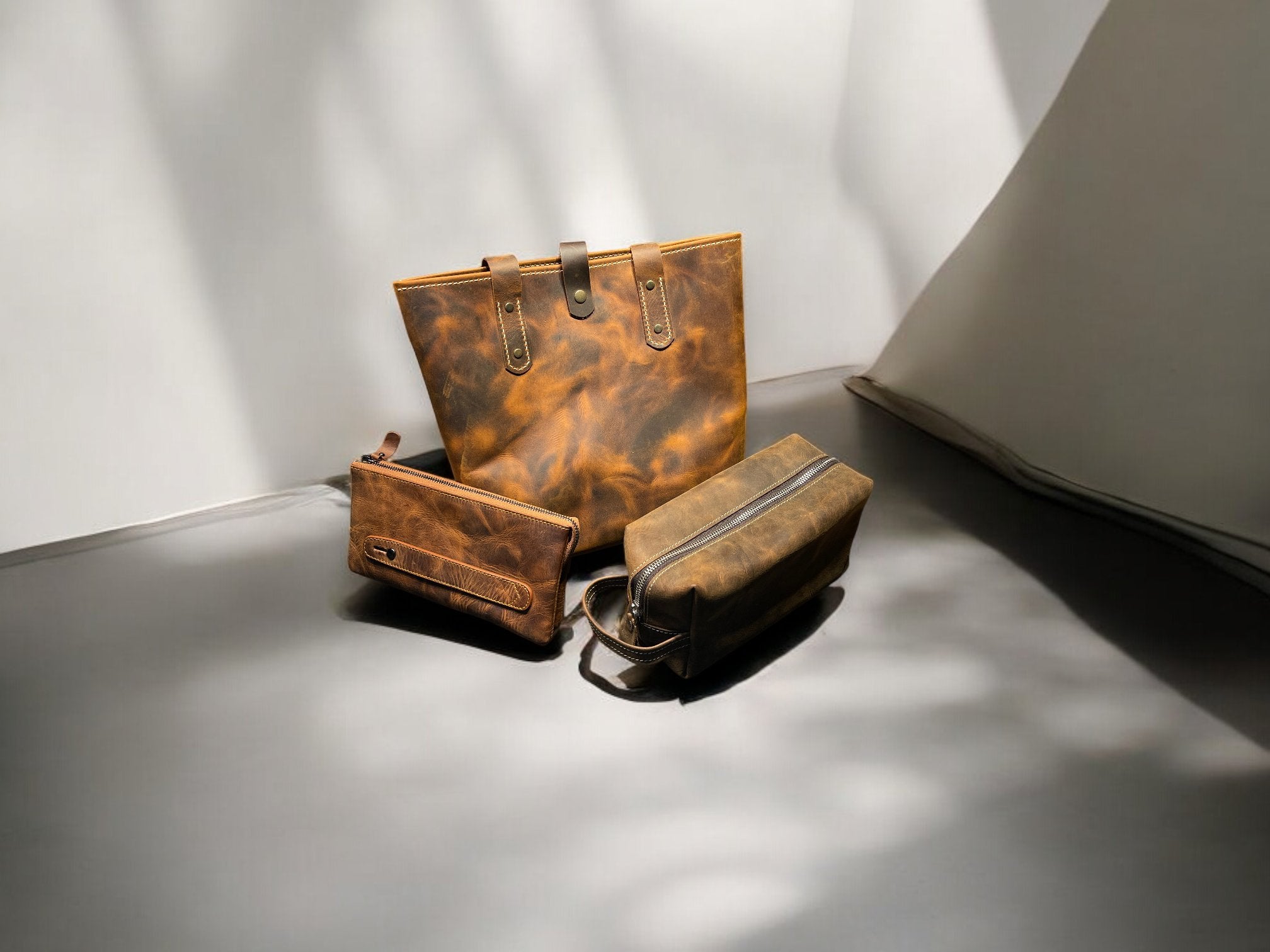


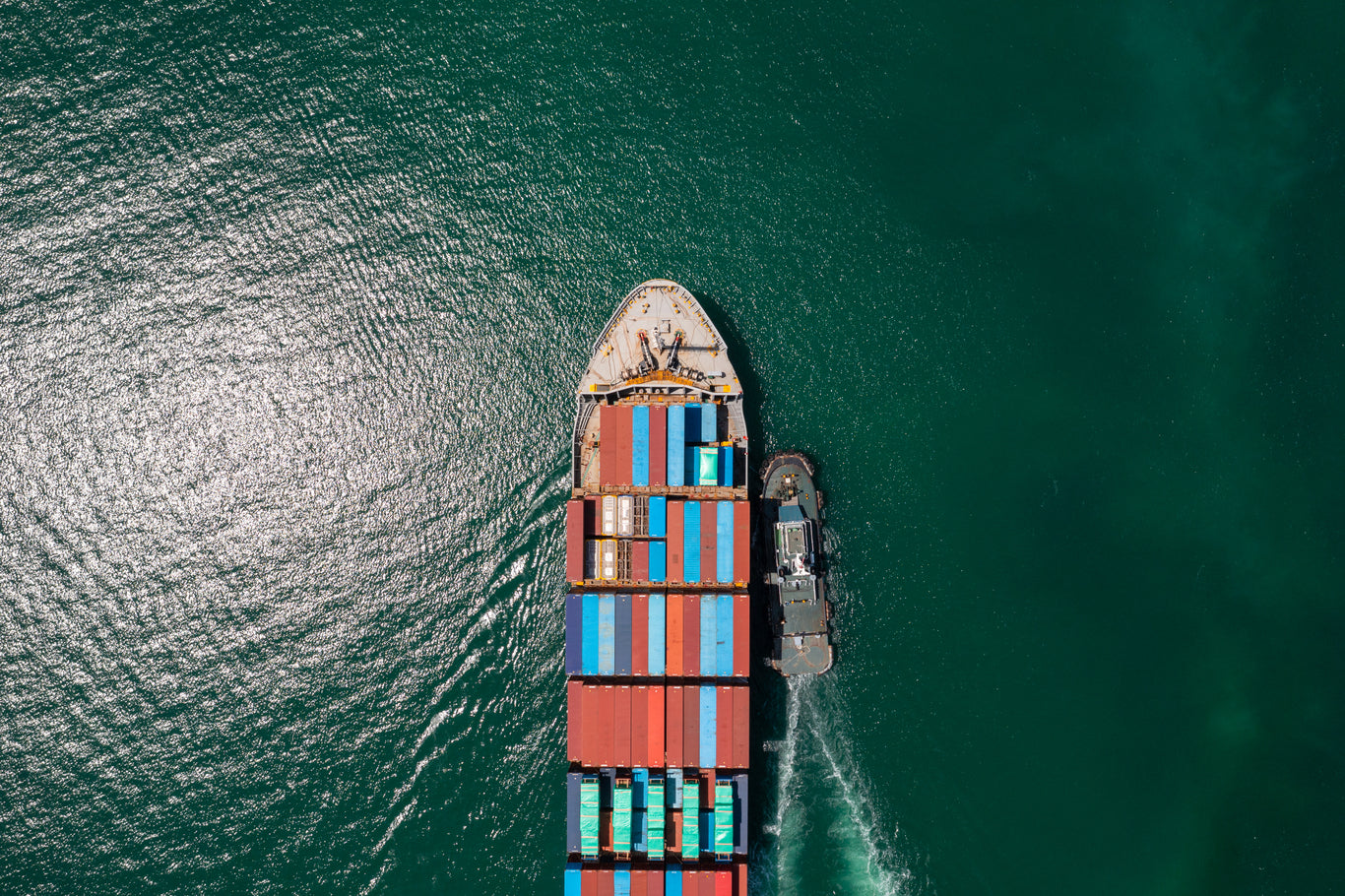
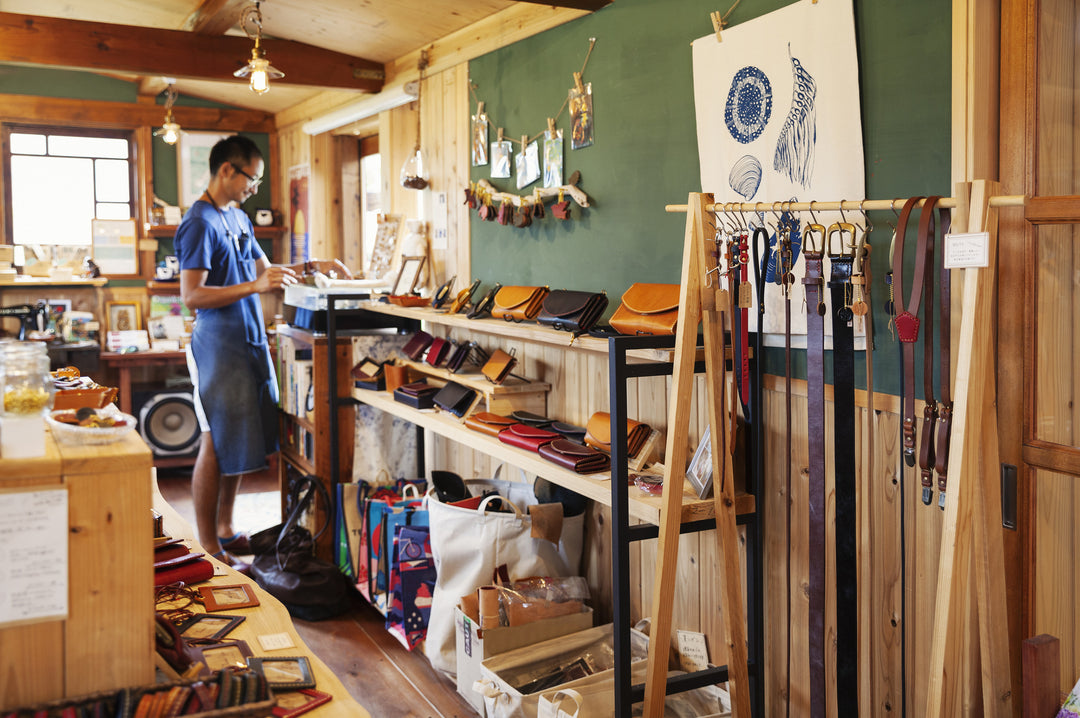
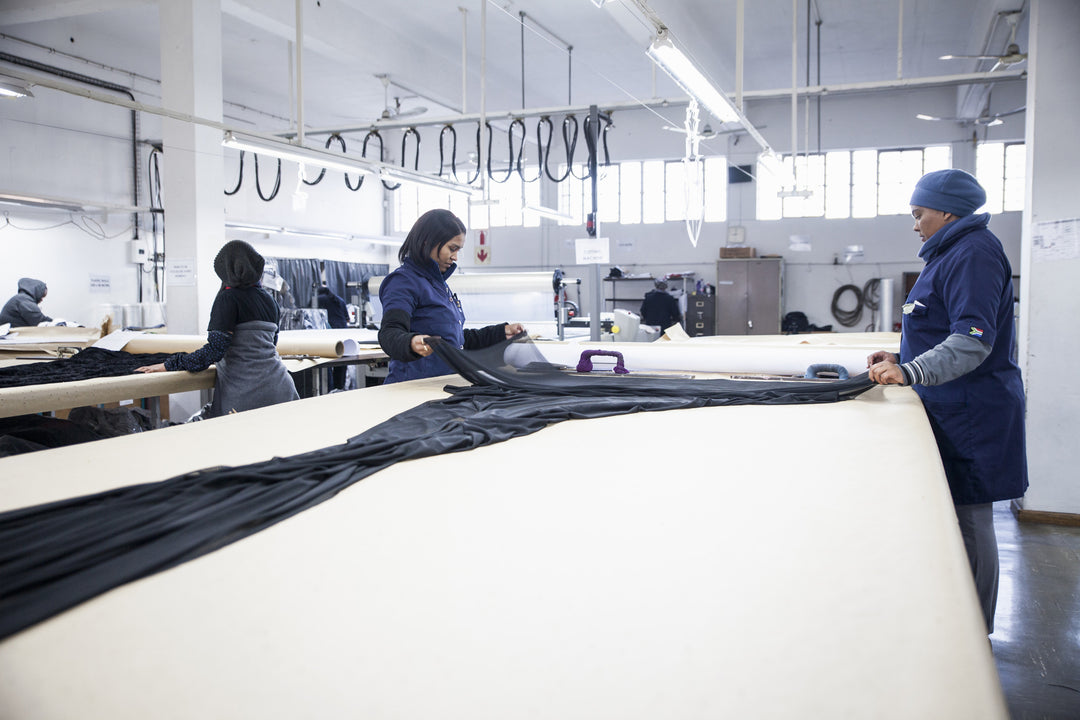
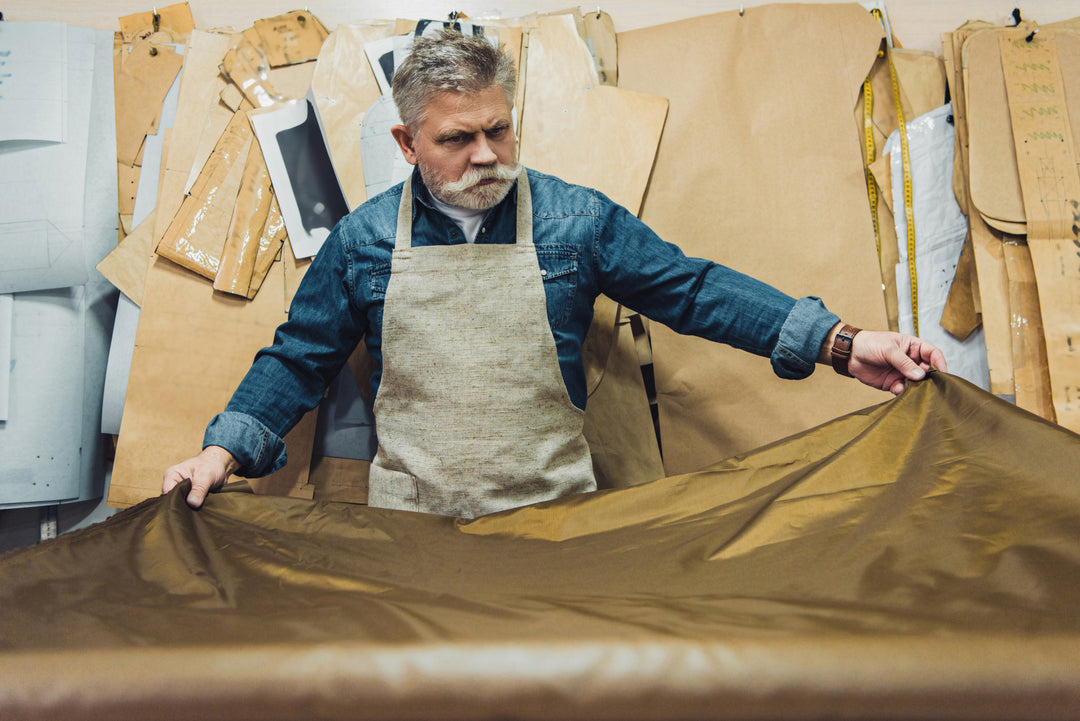
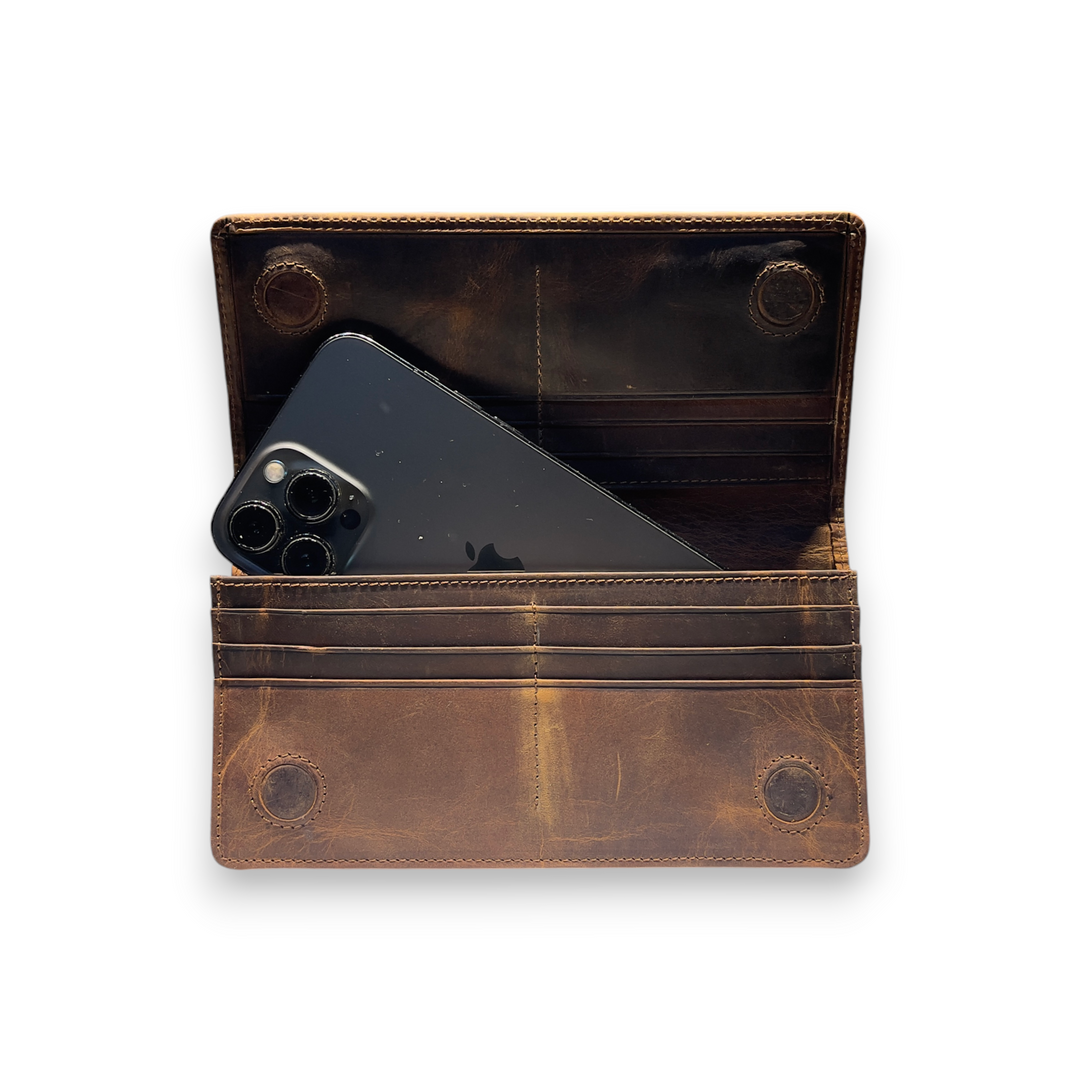
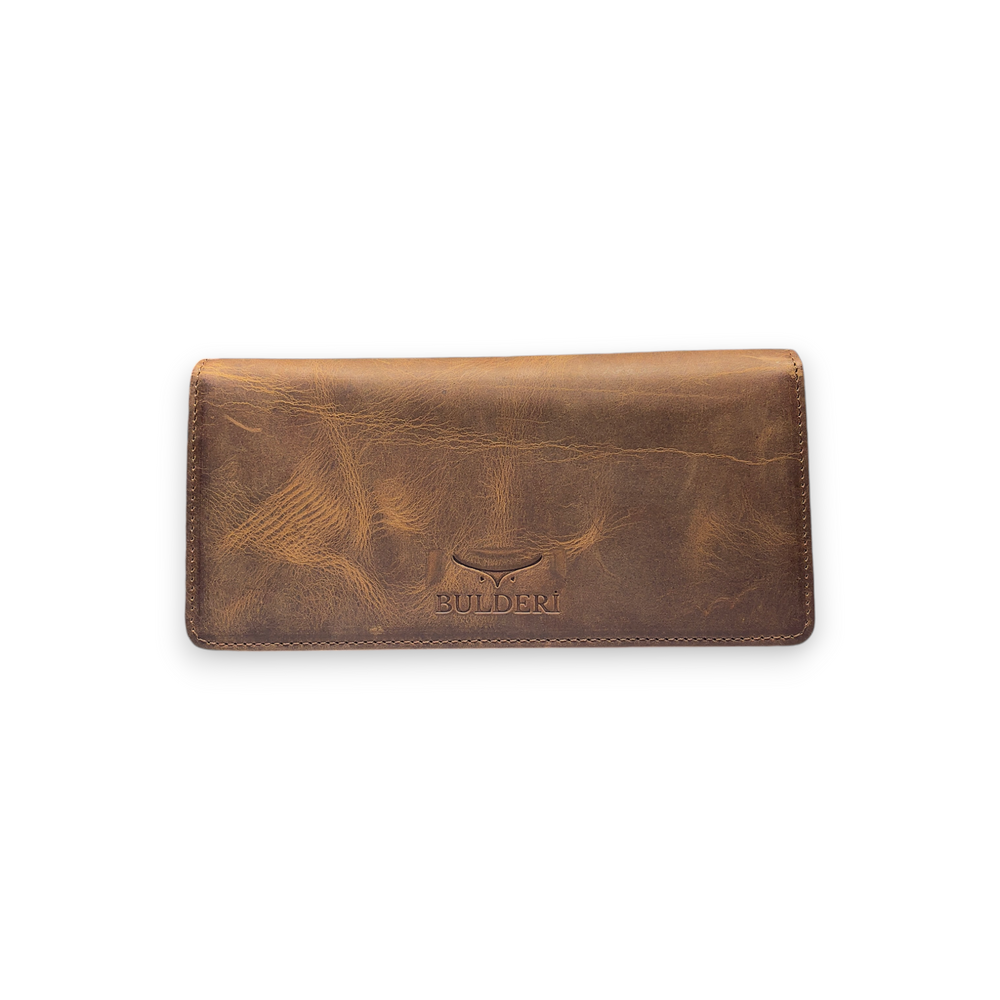
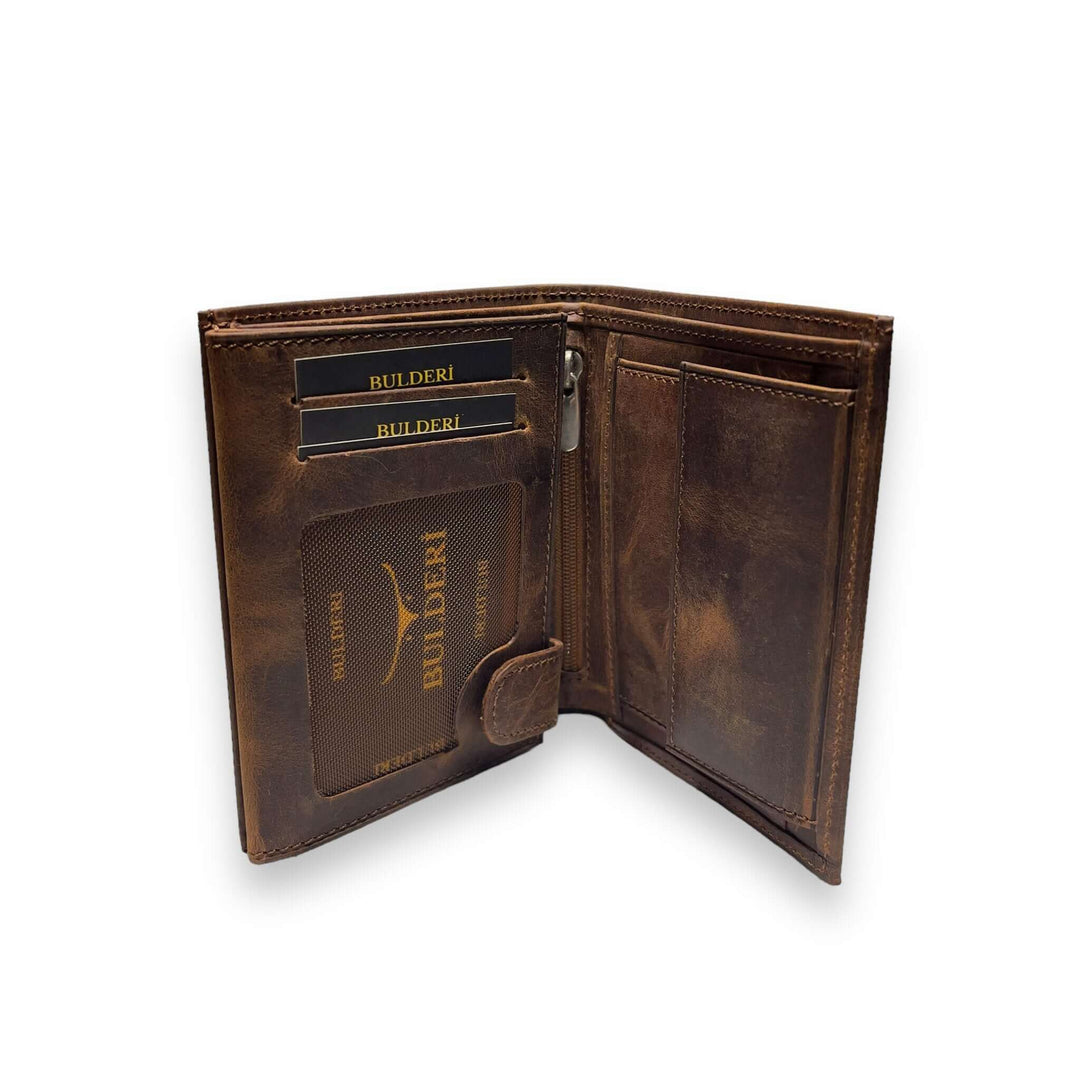
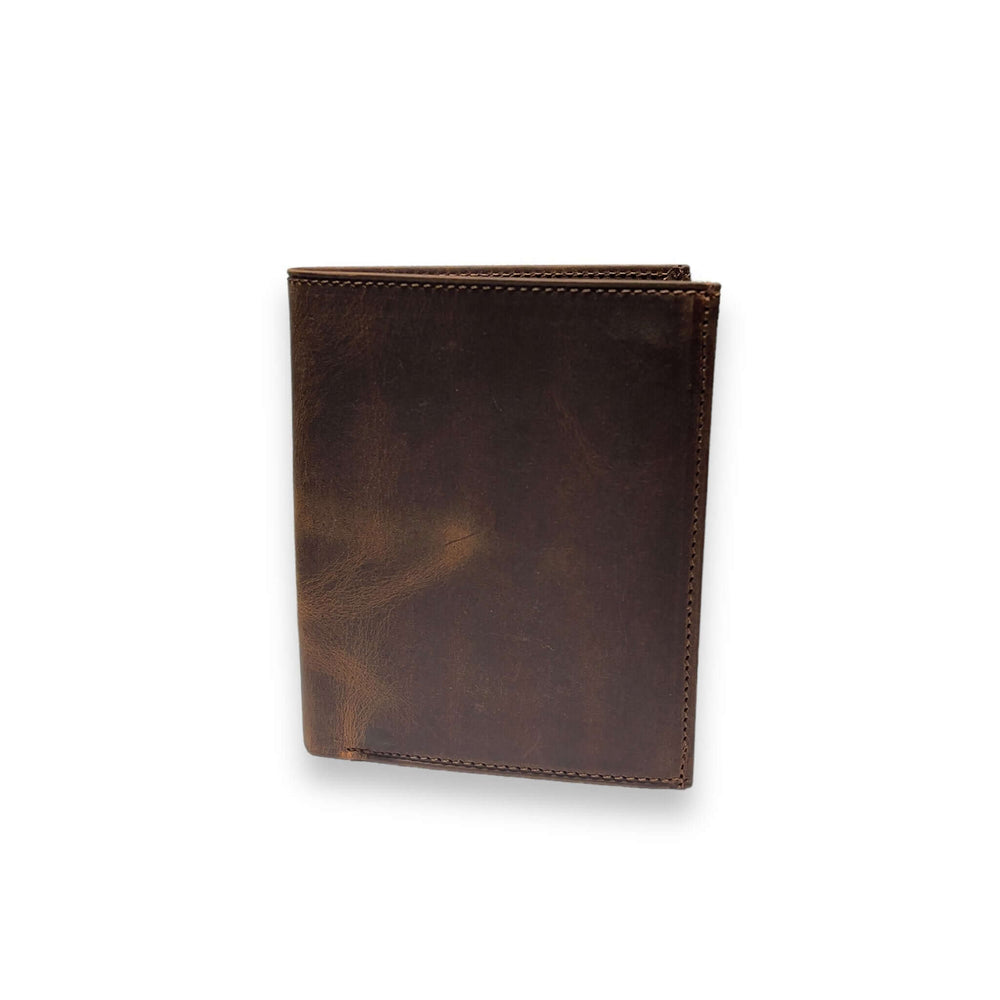
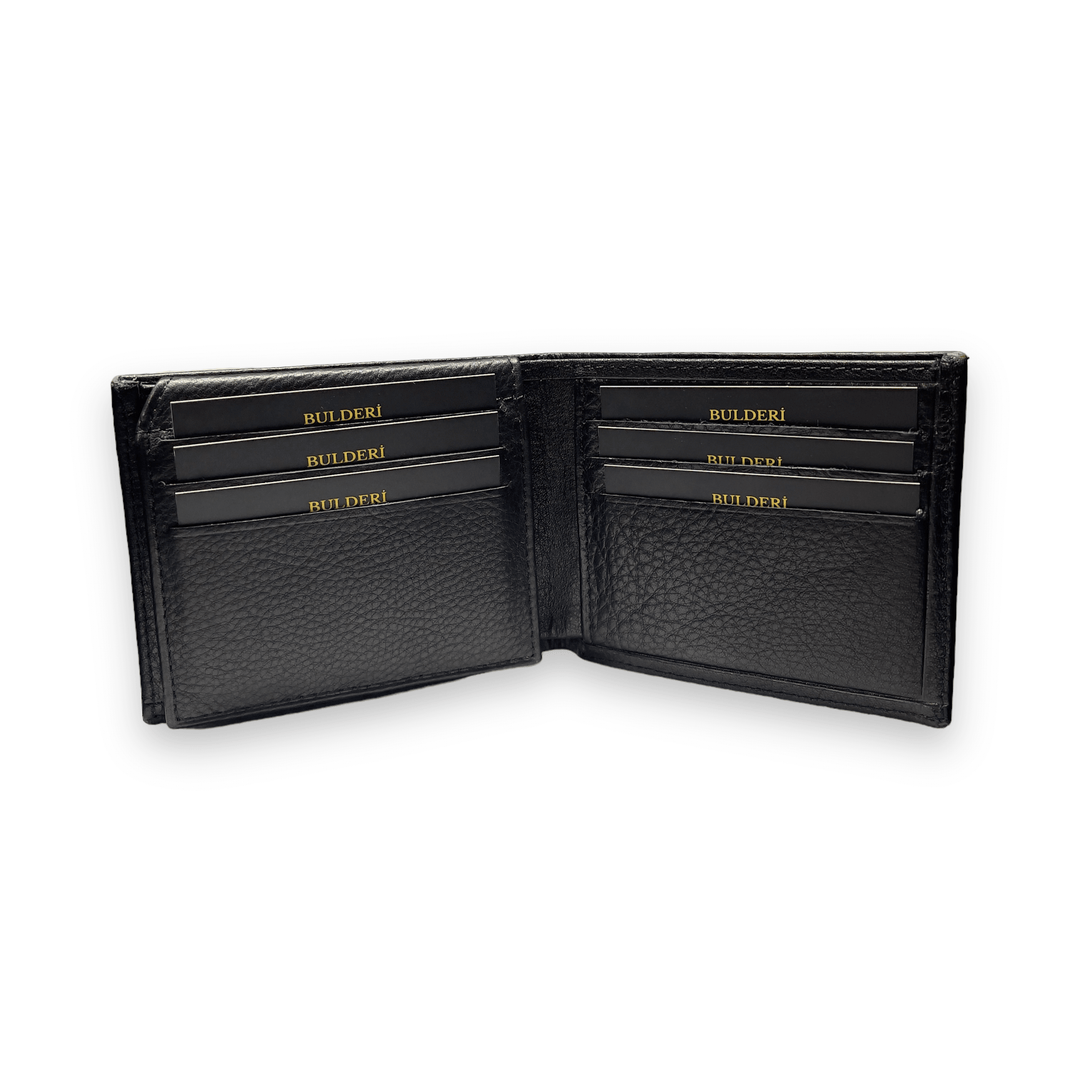
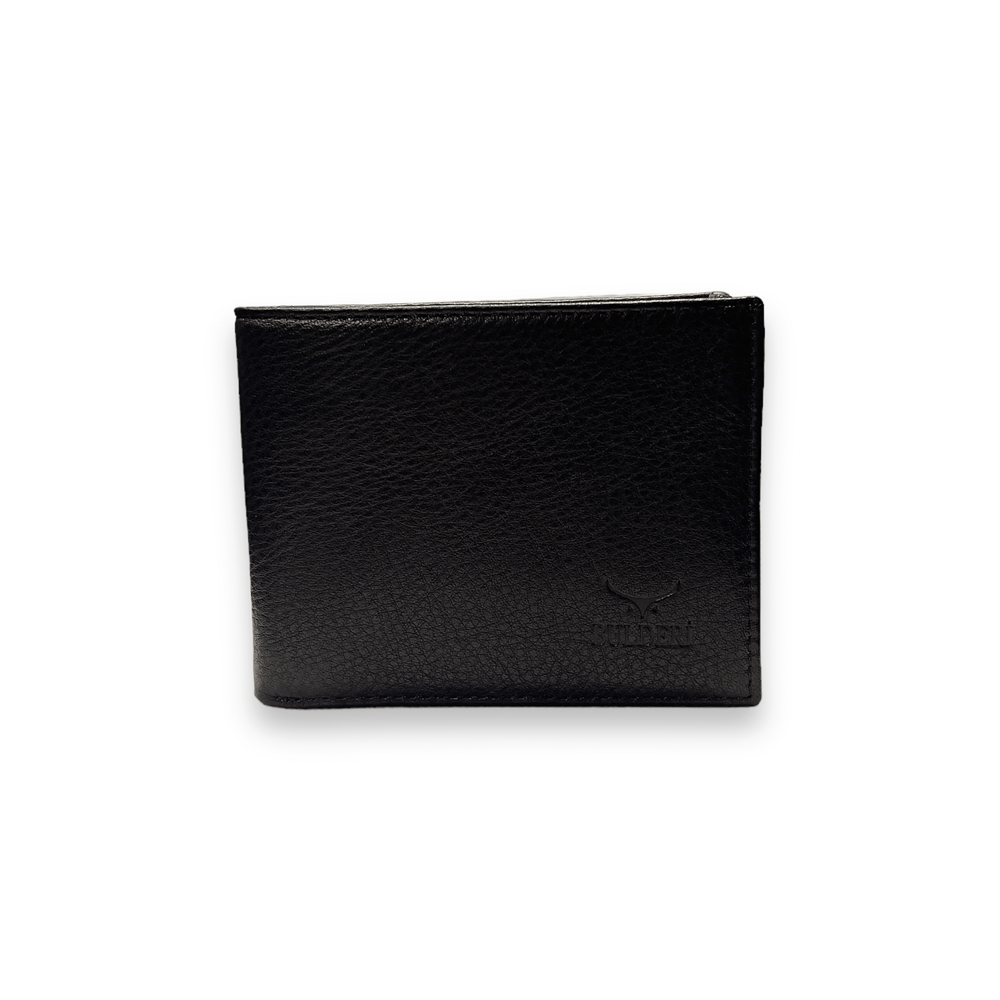

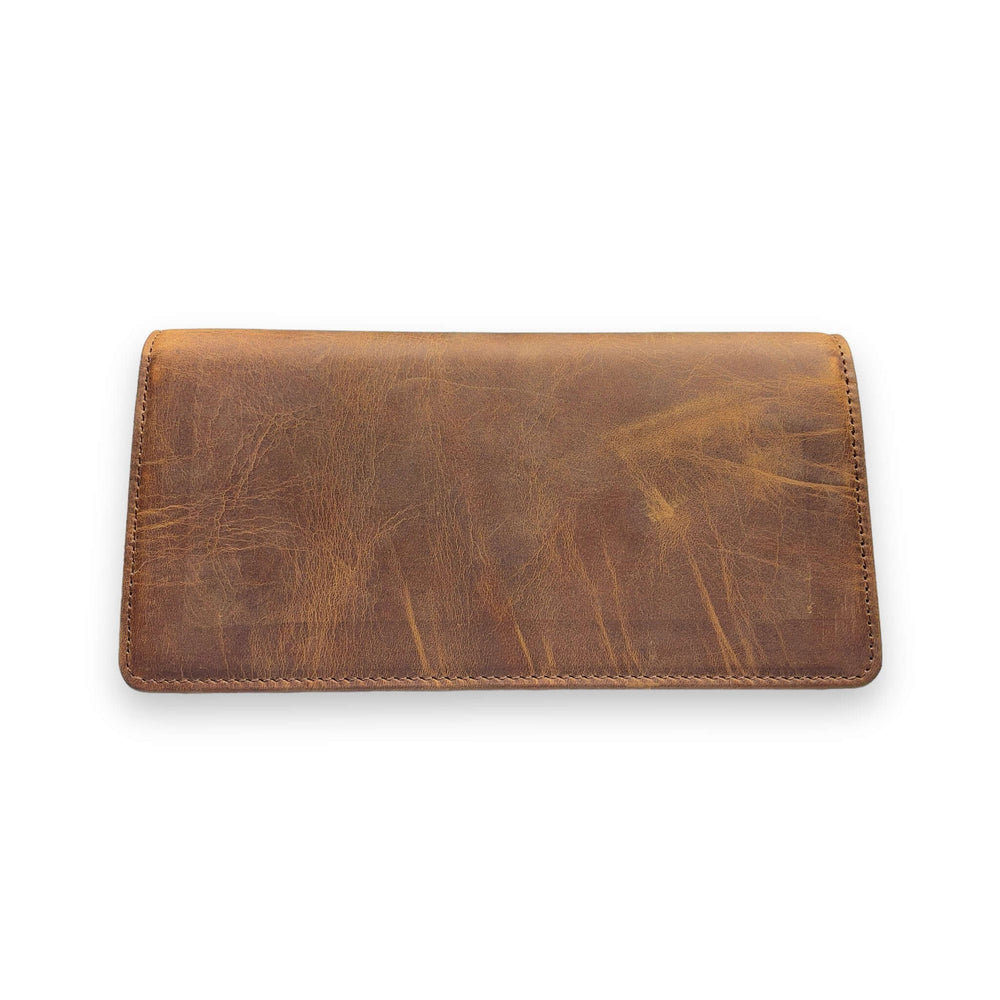
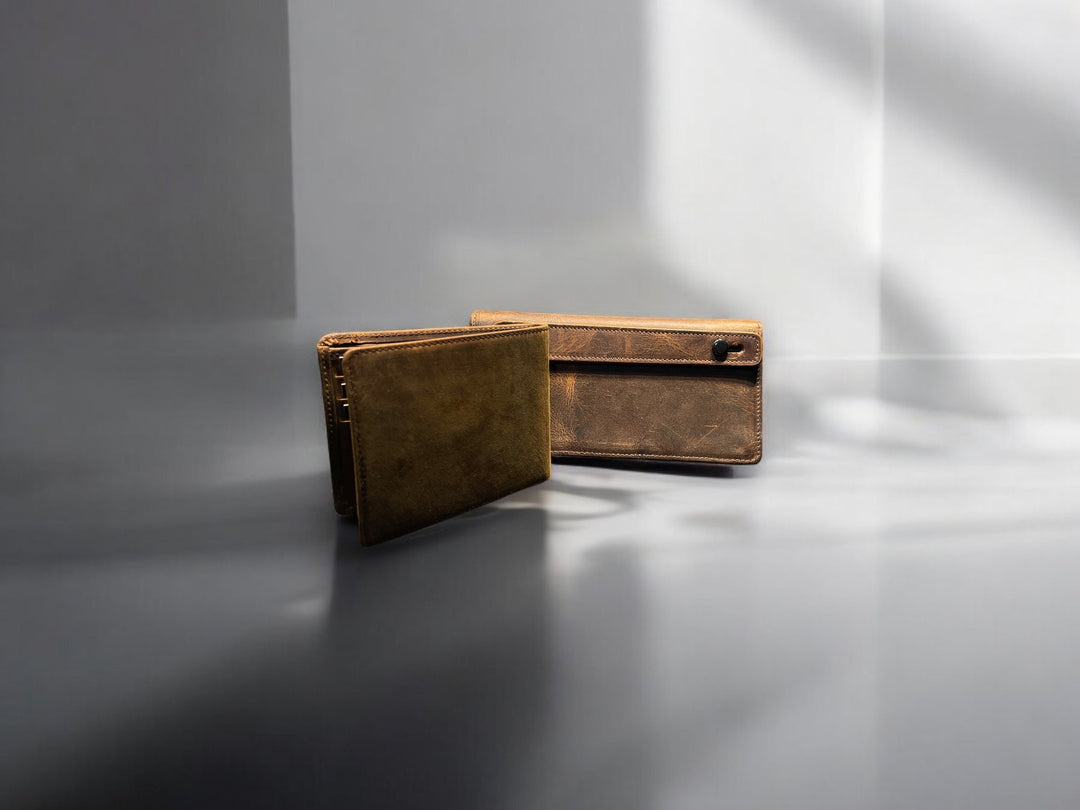
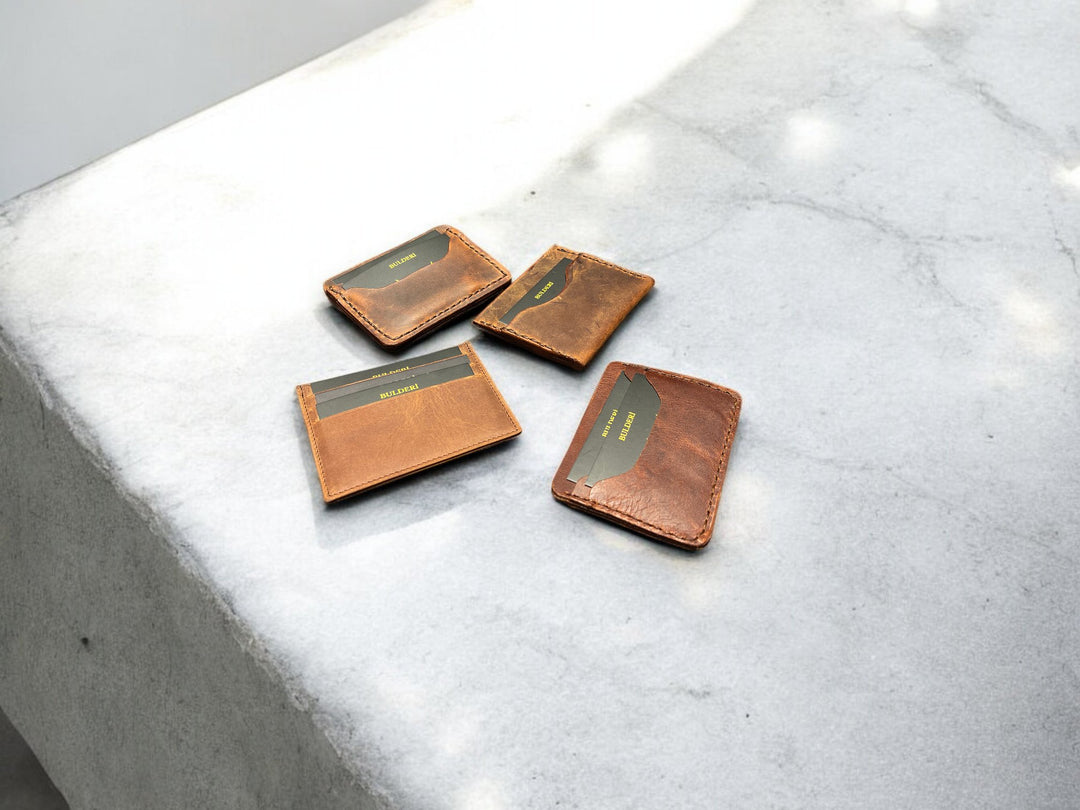
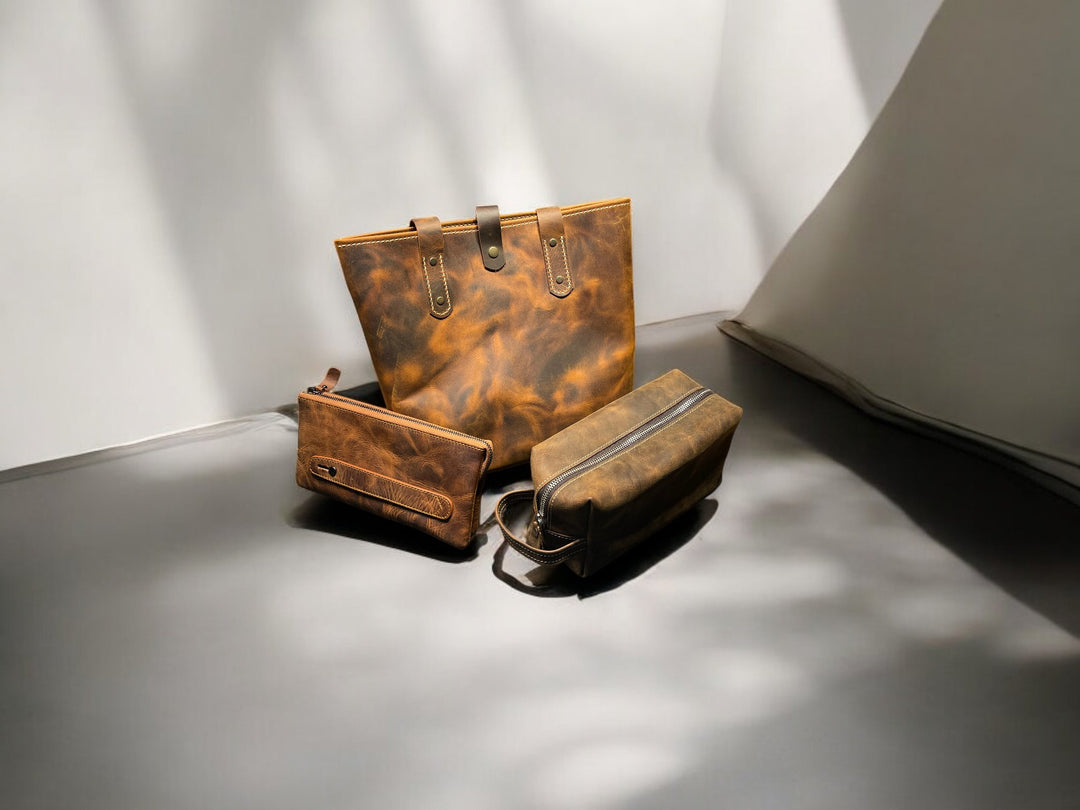
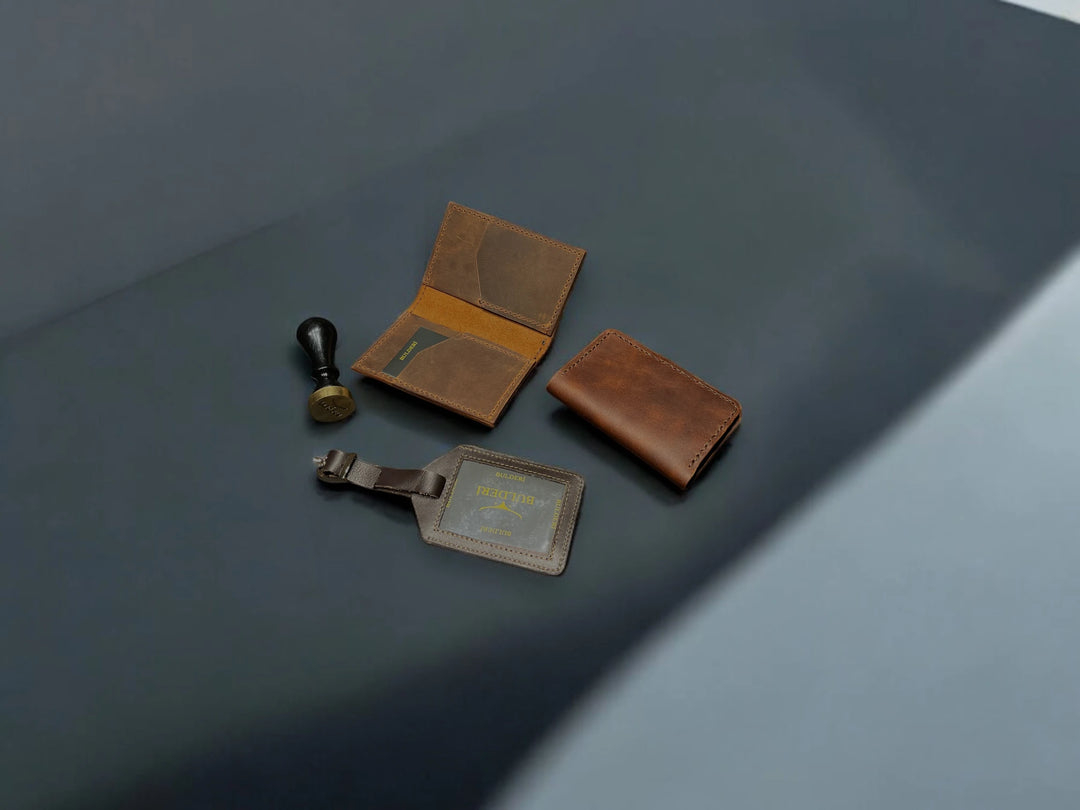
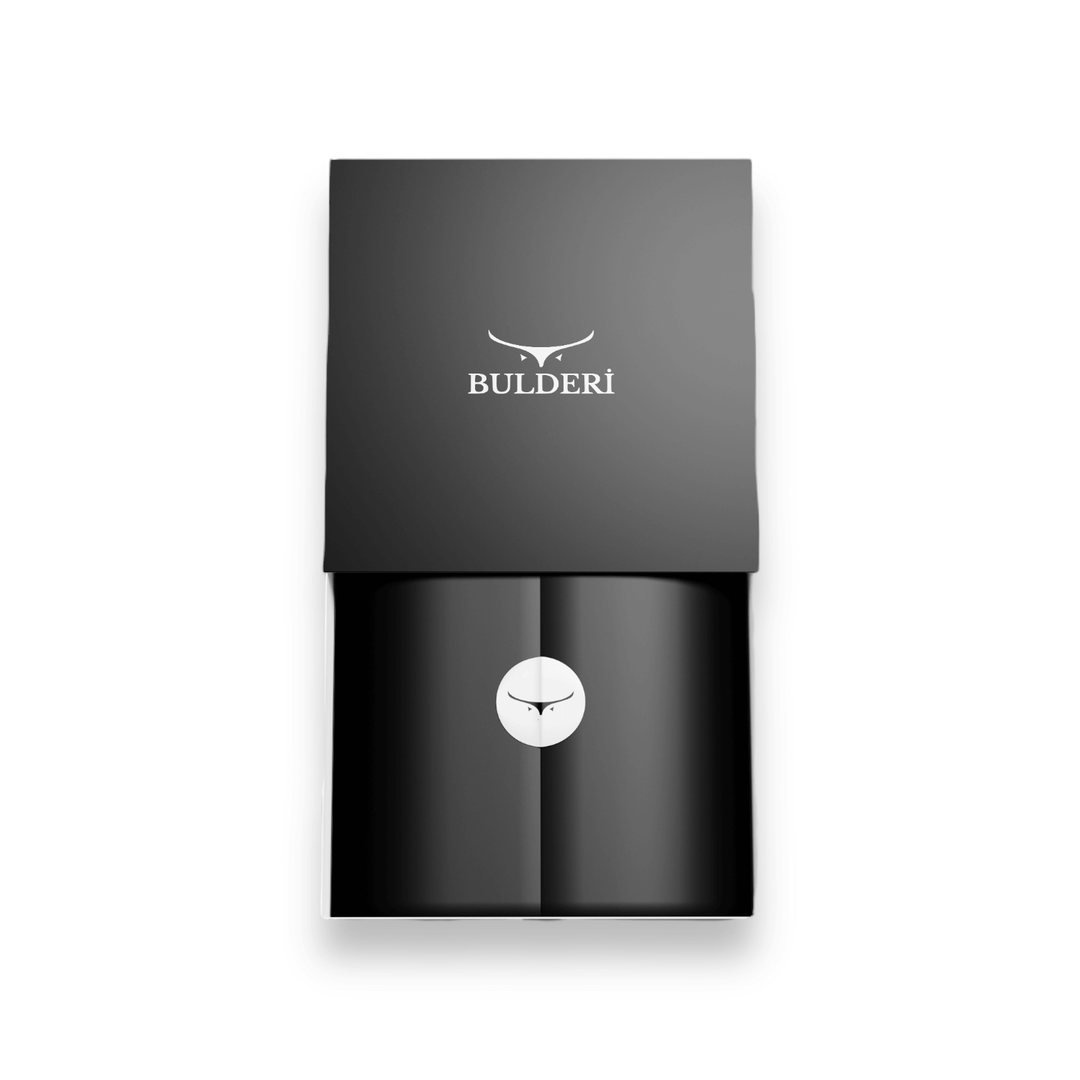
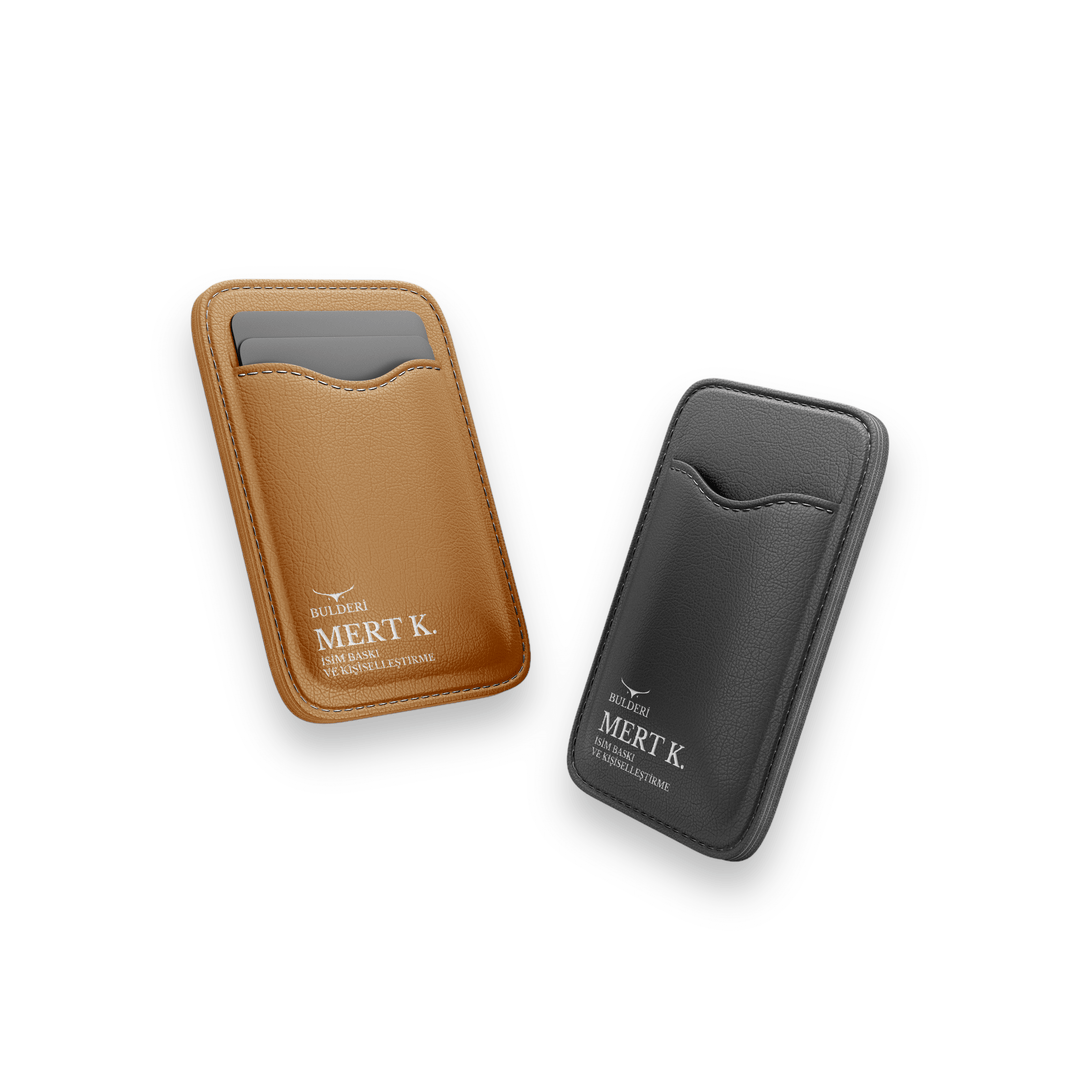
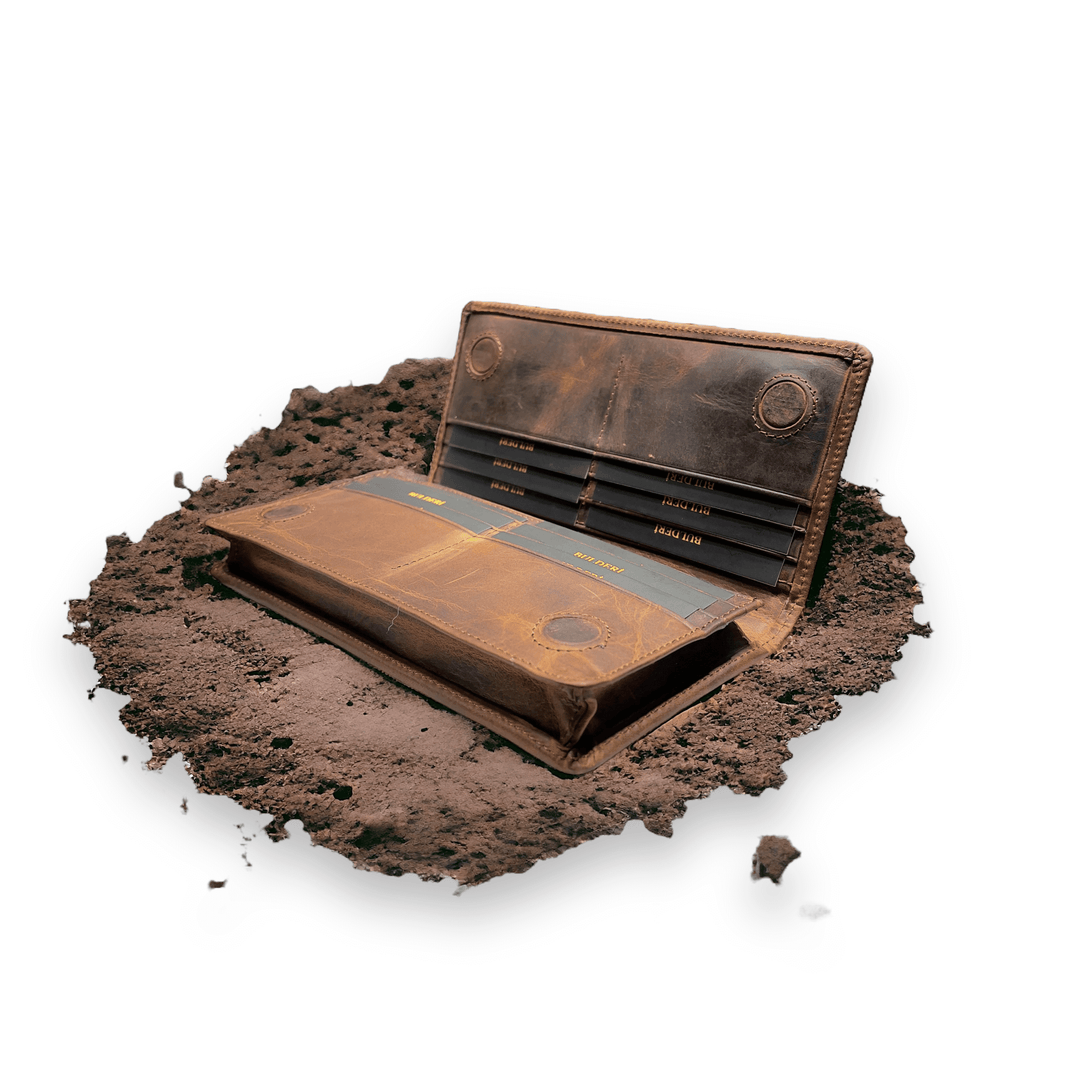
Leave a comment